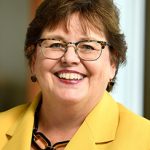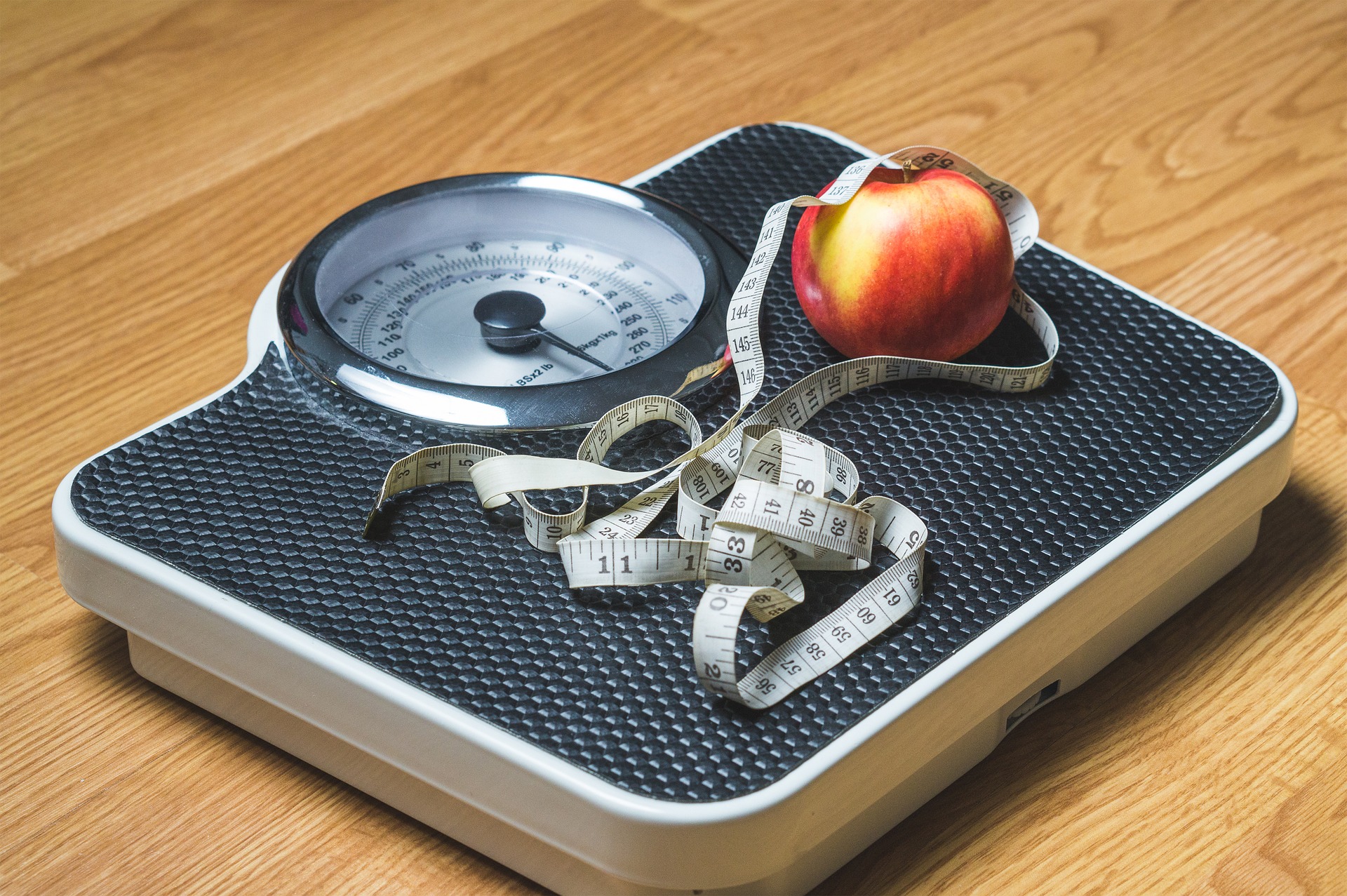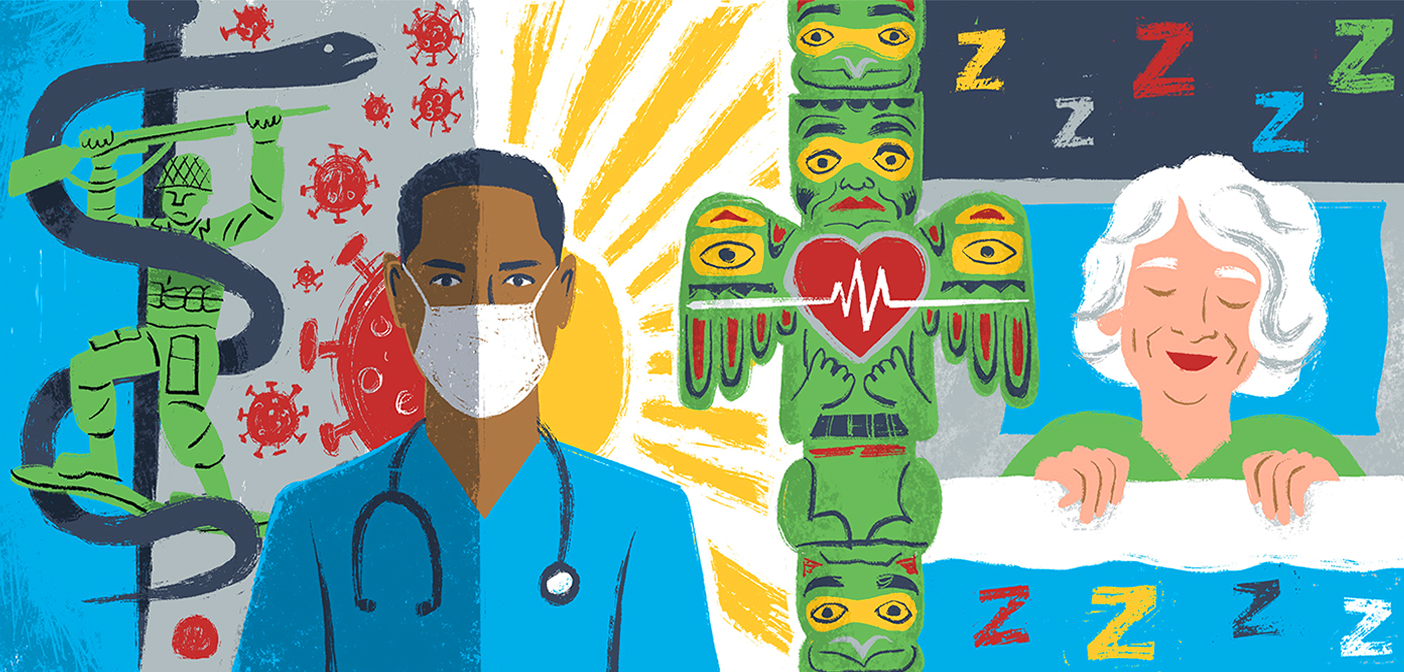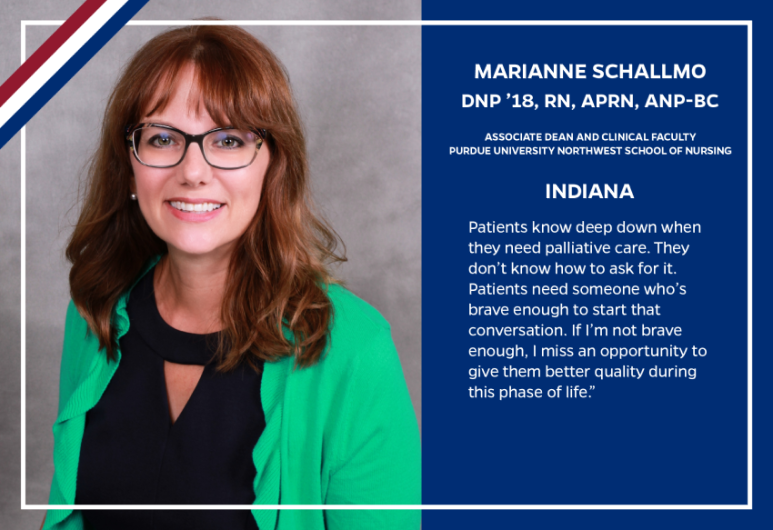By: Dr. Yvonne Commodore-Mensah, Dr. Lola Coke & Dr. Cheryl Dennison Himmelfarb
Heart disease, as defined by the 2017 American Heart Association Statistics, effects nearly half of American adults—and a striking number of adults in ‘midlife,’ aged 35-64. Though largely preventable, the disease remains the leading cause of death in the United States and claims one life every three seconds.
Million Hearts’ recent report revealed the need to ramp up efforts to prevent heart disease and reduce its health and economic burden to reach their goal of preventing one million heart attacks and strokes by 2022.
This report estimated that over 415,000 deaths and 2.2 million preventable hospitalizations occurred in 2016, costing over $32 billion. More concerning is the fact that 35% of hospitalizations and 18% of deaths occurred among adults in midlife. If the tide is not reversed, it is projected that over 16 million cardiac events and almost $174 billion in hospitalization costs will be incurred between 2017–2021.
Furthermore, a related report found that highly effective, low-cost, evidence-based strategies to prevent heart disease are known, but American adults (including those in midlife) often find it challenging to follow these treatment recommendations. For example:
- 9 million adults are not yet taking aspirin as recommended to prevent a first or recurring cardiovascular event;
- 39 million adults are not managing their cholesterol effectively;
- 54 million adults continue to smoke;
- 71 million adults do not participate in any leisure-time physical activity.
Among health care practitioners, the growing epidemic of obesity, adults’ lack of physical activity, and the rise in diabetes rates are complicating heart disease prevention efforts.
Among midlife adults at risk, their risk factors are adding up. Things that accumulate, such as hypertension, obesity, smoking, excess alcohol consumption, and poor diet translate into a higher lifetime risk for developing heart disease or stroke. The Cardiovascular Lifetime Risk Pooling Project found that adults in midlife with just one or two risk factors have a considerably higher lifetime risk of developing heart disease than their peers who have no risk factors.
These findings are particularly troubling because ‘midlife’ is considered the most productive life stage. At this time, adults face significant demands at work and have important responsibilities at home, like childrearing and caring for aging parents. Poor heart health in midlife reduces productivity, results in lost work time, and may affect the earnings of adults who are in the prime of their lives. Poor heart health can also impact quality time spent with family.
Midlife is an important time for someone to reflect on their lifestyle and commit to making healthier choices. It is never too late to get fit; the American Heart Association recommends adults get 150 minutes of moderate physical activity or 75 minutes of vigorous intensity physical activity each week. This could be brisk walking, strength exercises, or exercises for flexibility and balance.
Even in midlife, adults can reduce their risk factors for heart disease. The solution requires going back to the ABCs of heart health:
A- Aspirin use as prescribed;
B- Blood pressure control;
C- Cholesterol management; and
S- Smoking cessation.
We all have a vital role to play in ensuring that adults in midlife live longer healthier lives. It means going back to our ABCs!
ABOUT THE AUTHORS:
 Yvonne Commodore-Mensah, PhD, RN is an assistant professor at the Johns Hopkins School of Nursing. She is a community health researcher whose interests include cardiovascular health inequities, immigrant health, and social determinants of health. Her career goal is to reduce cardiovascular health inequities in populations of African descent through community-engaged research.
Yvonne Commodore-Mensah, PhD, RN is an assistant professor at the Johns Hopkins School of Nursing. She is a community health researcher whose interests include cardiovascular health inequities, immigrant health, and social determinants of health. Her career goal is to reduce cardiovascular health inequities in populations of African descent through community-engaged research.
 Lola Coke, PhD, ACNS-BC, RN-BC, FAHA, FPCNA, FAAN is a faculty associate at the Johns Hopkins School of Nursing. She has 25 years of experience as a cardiovascular clinical nurse specialist and faculty member in advanced practice and doctoral studies; she has several publications in the field of cardiovascular nursing research and has presented at national and international meetings.
Lola Coke, PhD, ACNS-BC, RN-BC, FAHA, FPCNA, FAAN is a faculty associate at the Johns Hopkins School of Nursing. She has 25 years of experience as a cardiovascular clinical nurse specialist and faculty member in advanced practice and doctoral studies; she has several publications in the field of cardiovascular nursing research and has presented at national and international meetings.
 Cheryl Dennison Himmelfarb, PhD, RN, ANP, FAAN, FAHA, FPCNA is a professor at the Johns Hopkins School of Nursing. She is also the Associate Dean Research in the Office for Science and Innovation and the Sarah E. Allison Endowed Professor for Research and Self-Care. She is a co-author of the 2017 Hypertension guideline.
Cheryl Dennison Himmelfarb, PhD, RN, ANP, FAAN, FAHA, FPCNA is a professor at the Johns Hopkins School of Nursing. She is also the Associate Dean Research in the Office for Science and Innovation and the Sarah E. Allison Endowed Professor for Research and Self-Care. She is a co-author of the 2017 Hypertension guideline.

 JHSON Highlights
JHSON Highlights Heart Health in Native Populations
Heart Health in Native Populations Summer Research Roundup 2023
Summer Research Roundup 2023 The Knowledge to Embrace Life
The Knowledge to Embrace Life Summer Research Roundup 2022
Summer Research Roundup 2022







